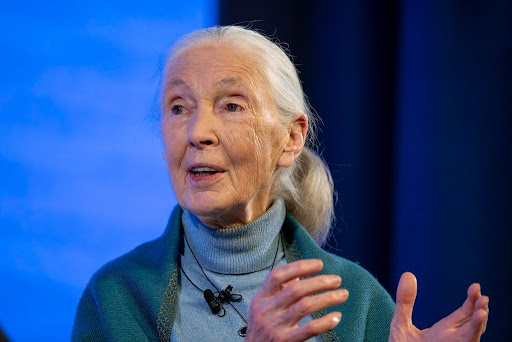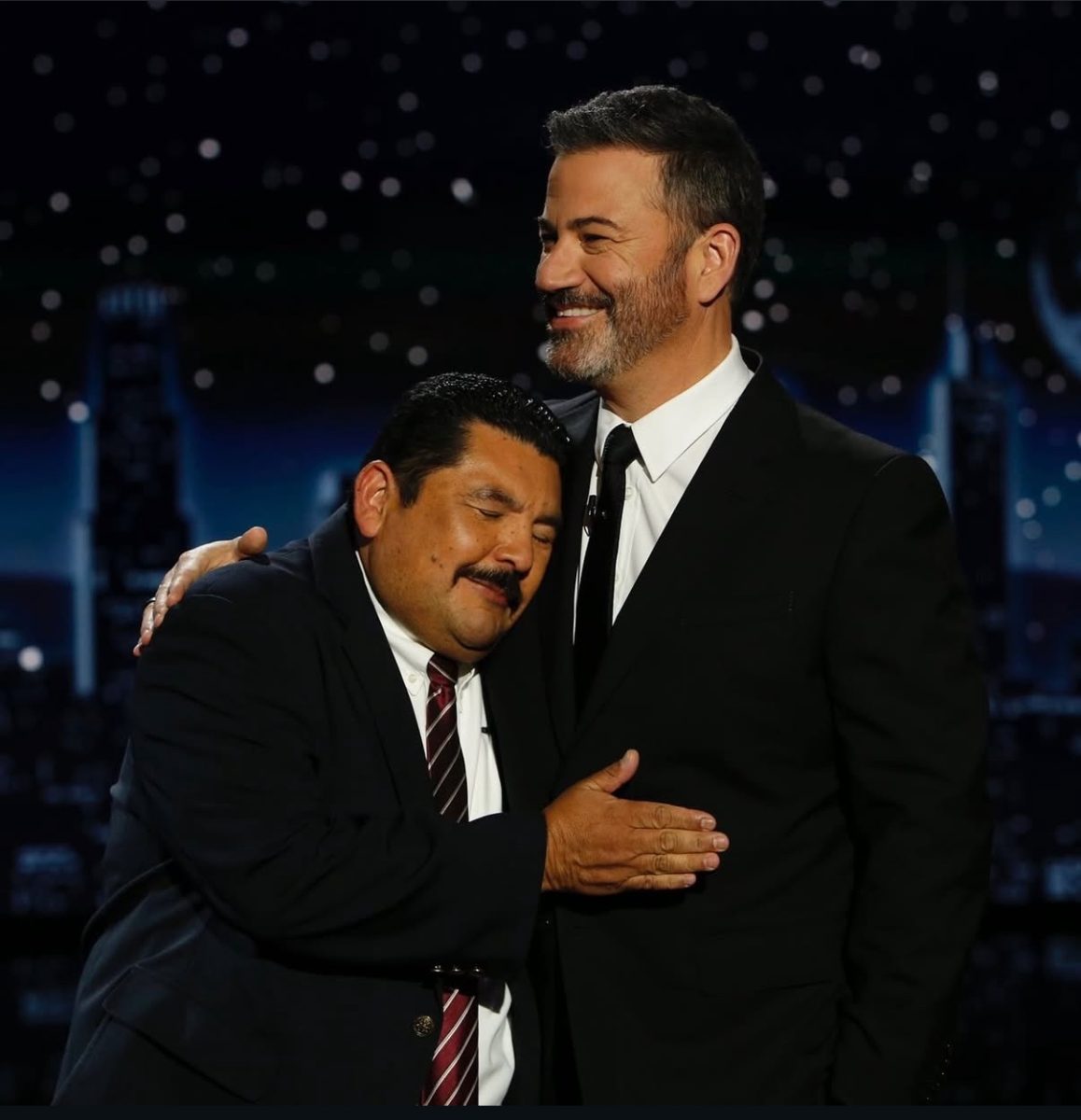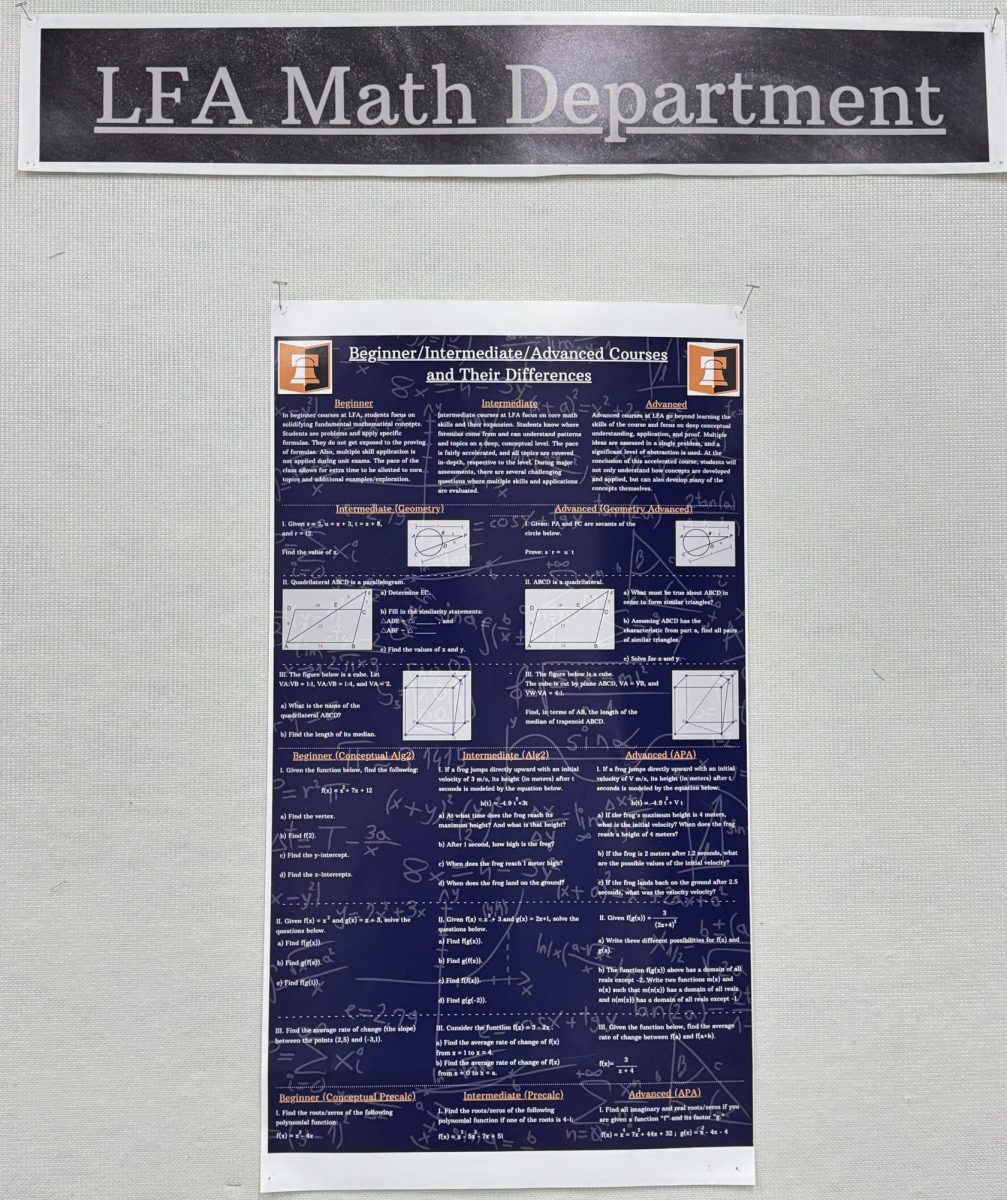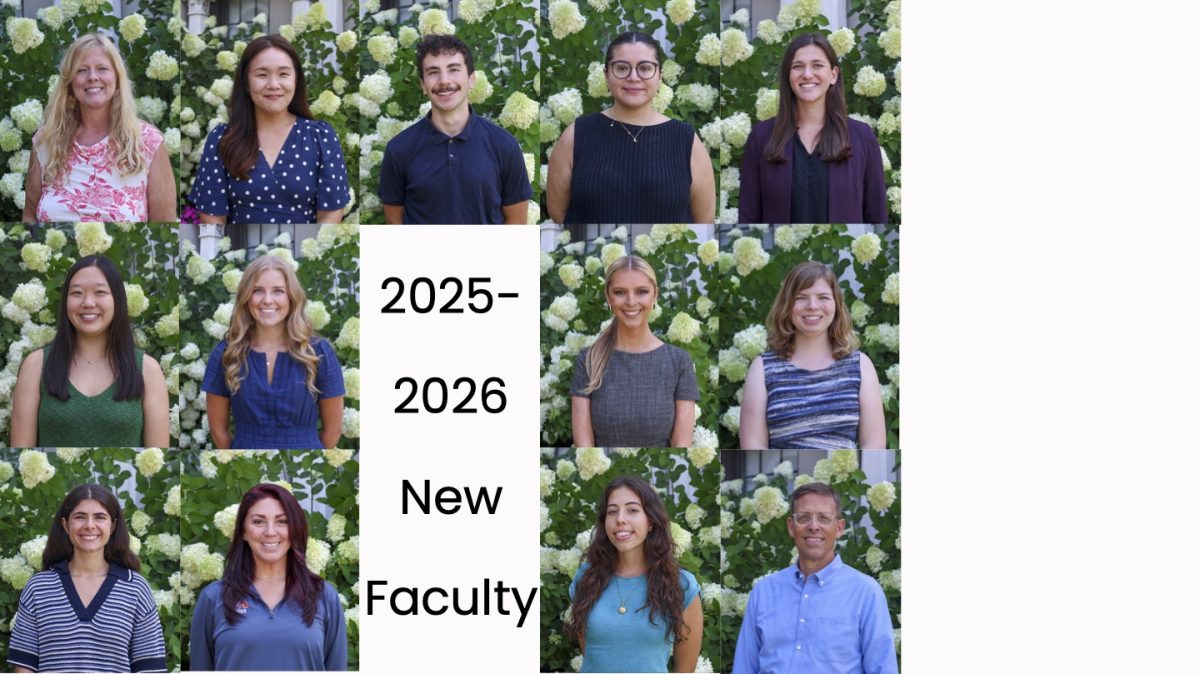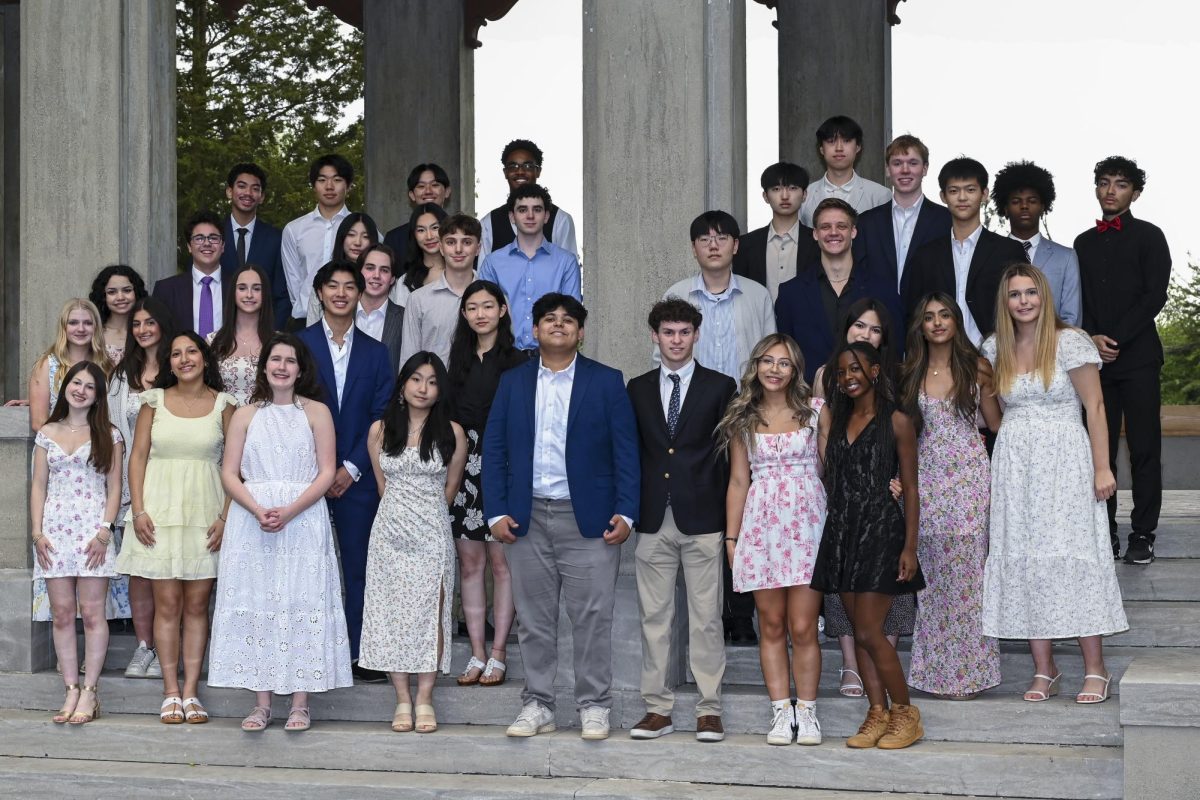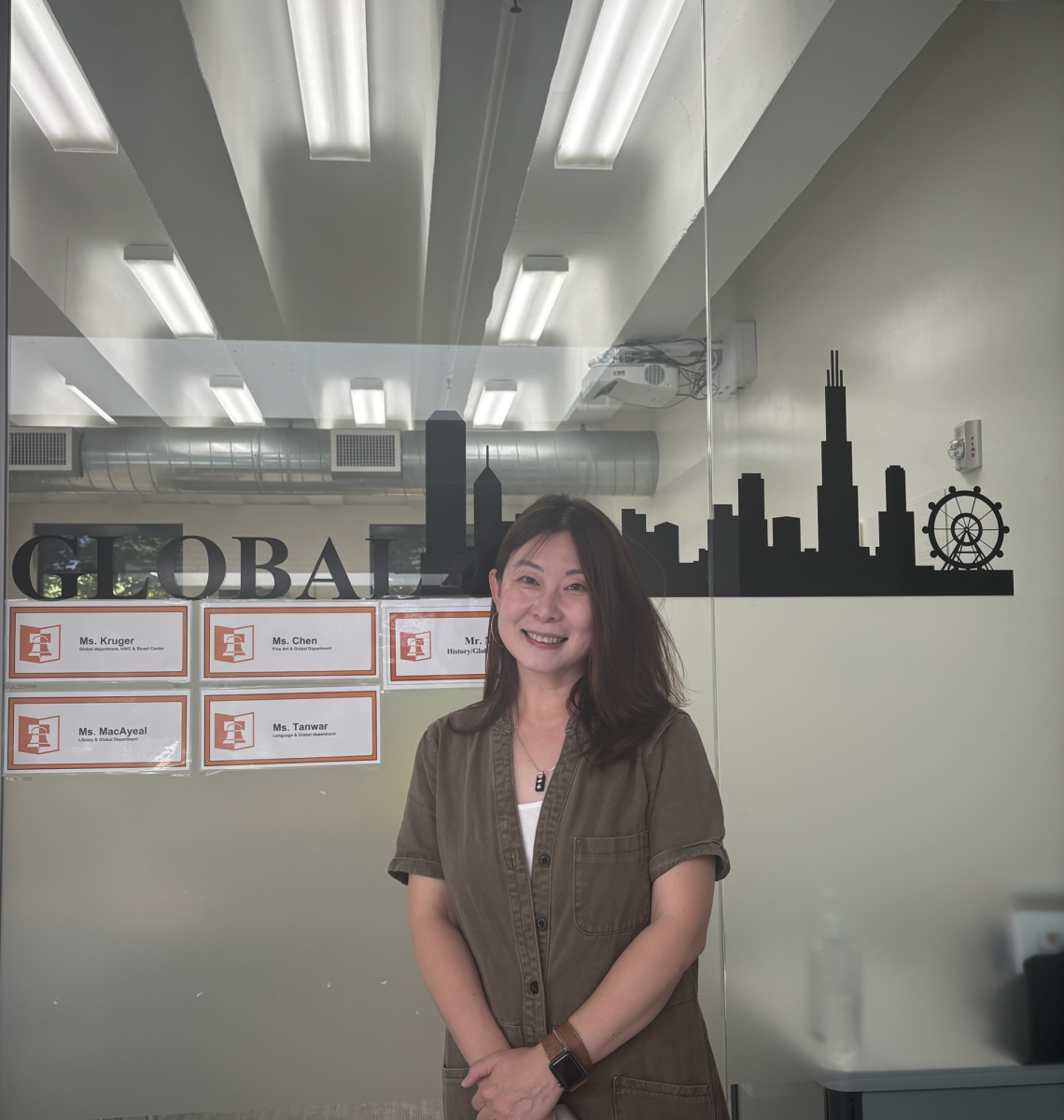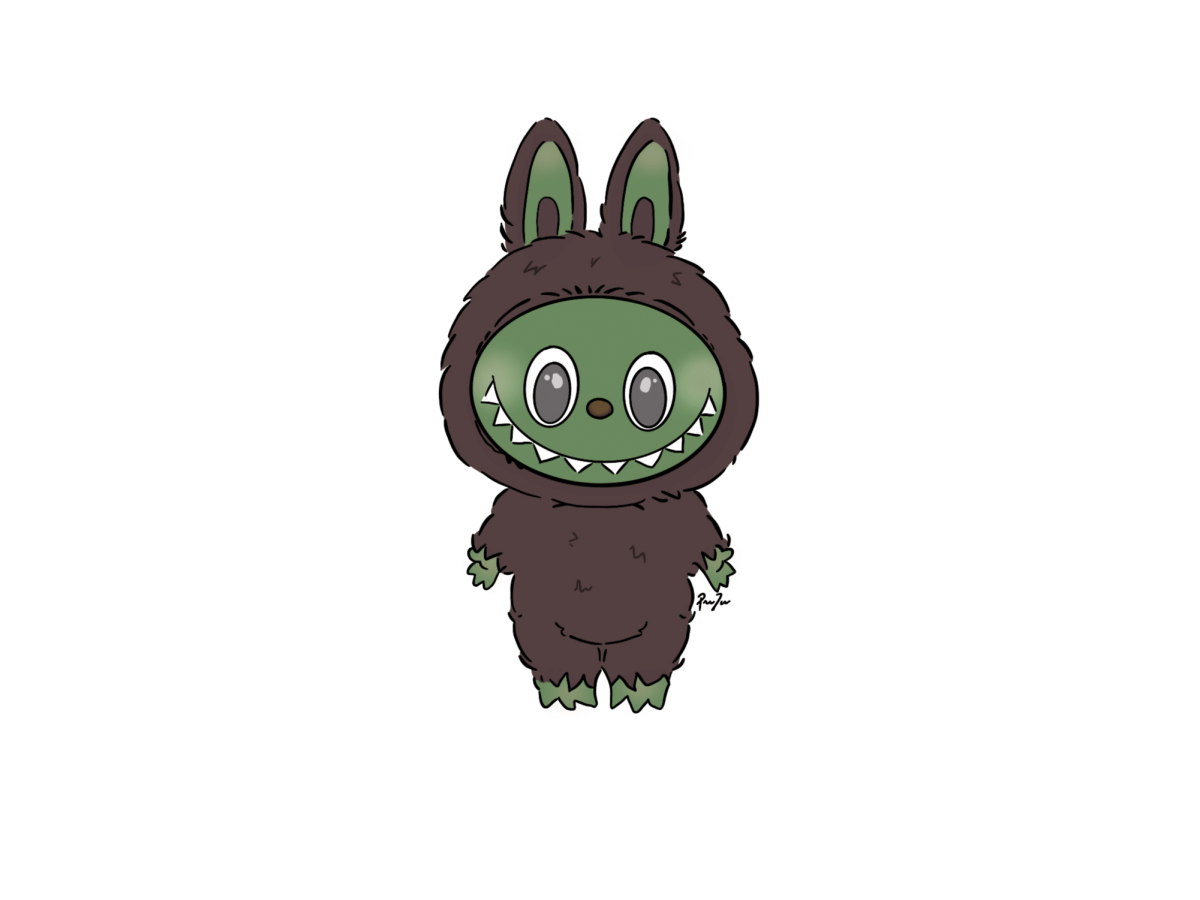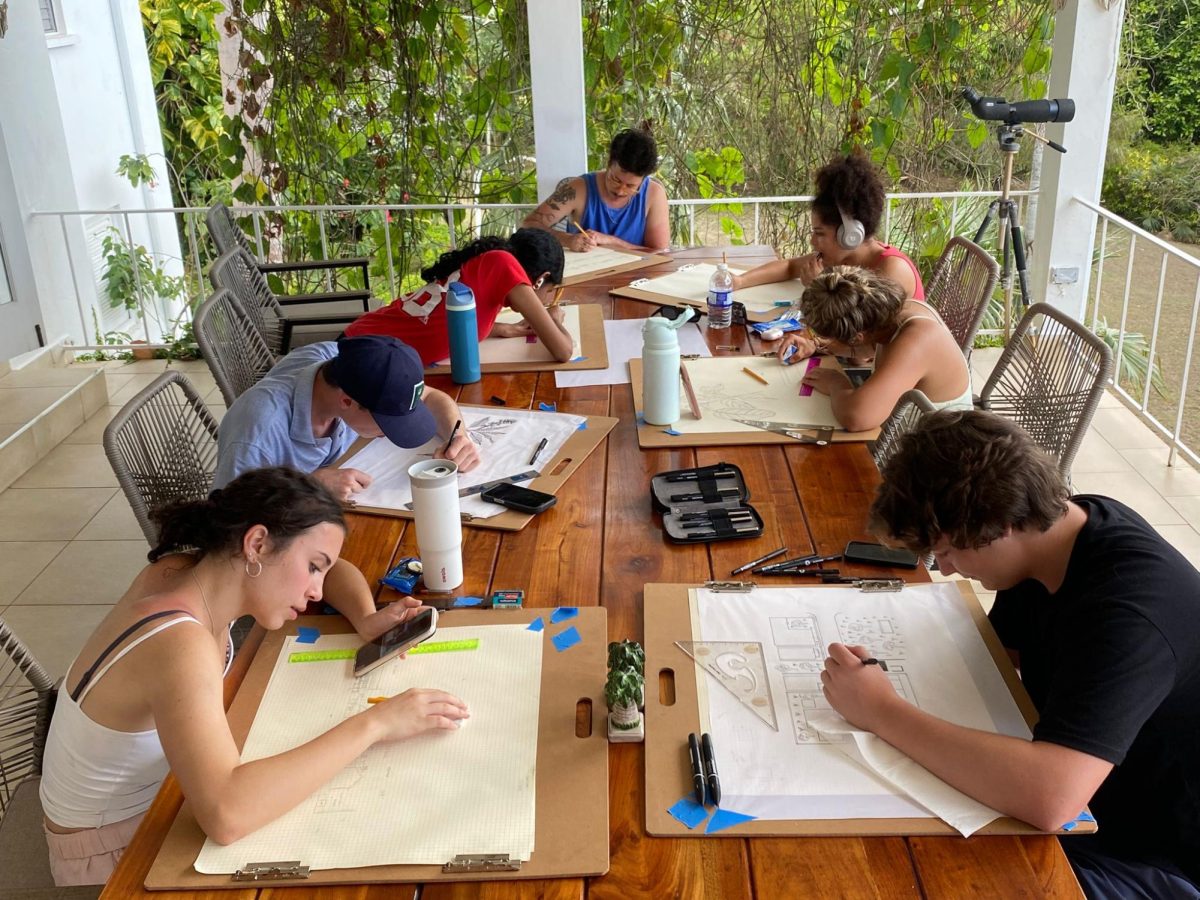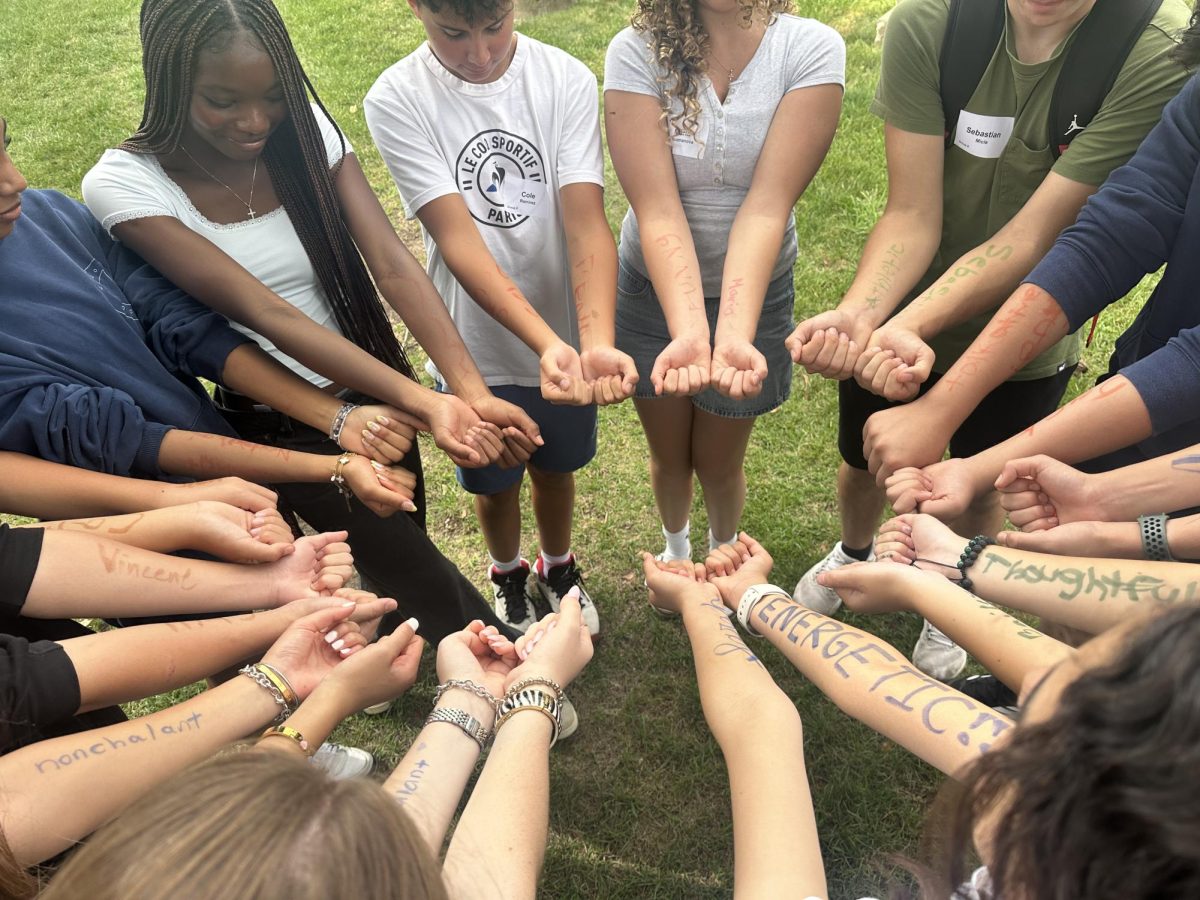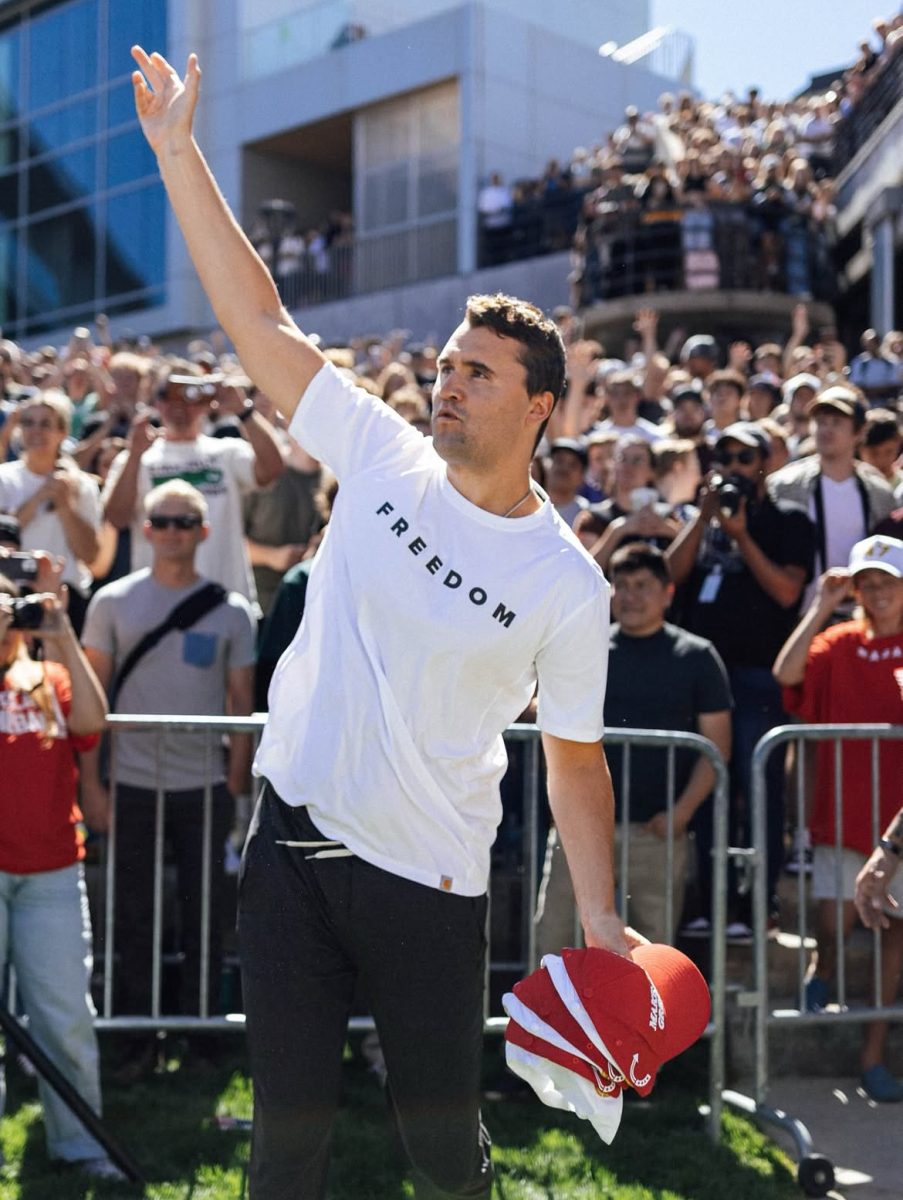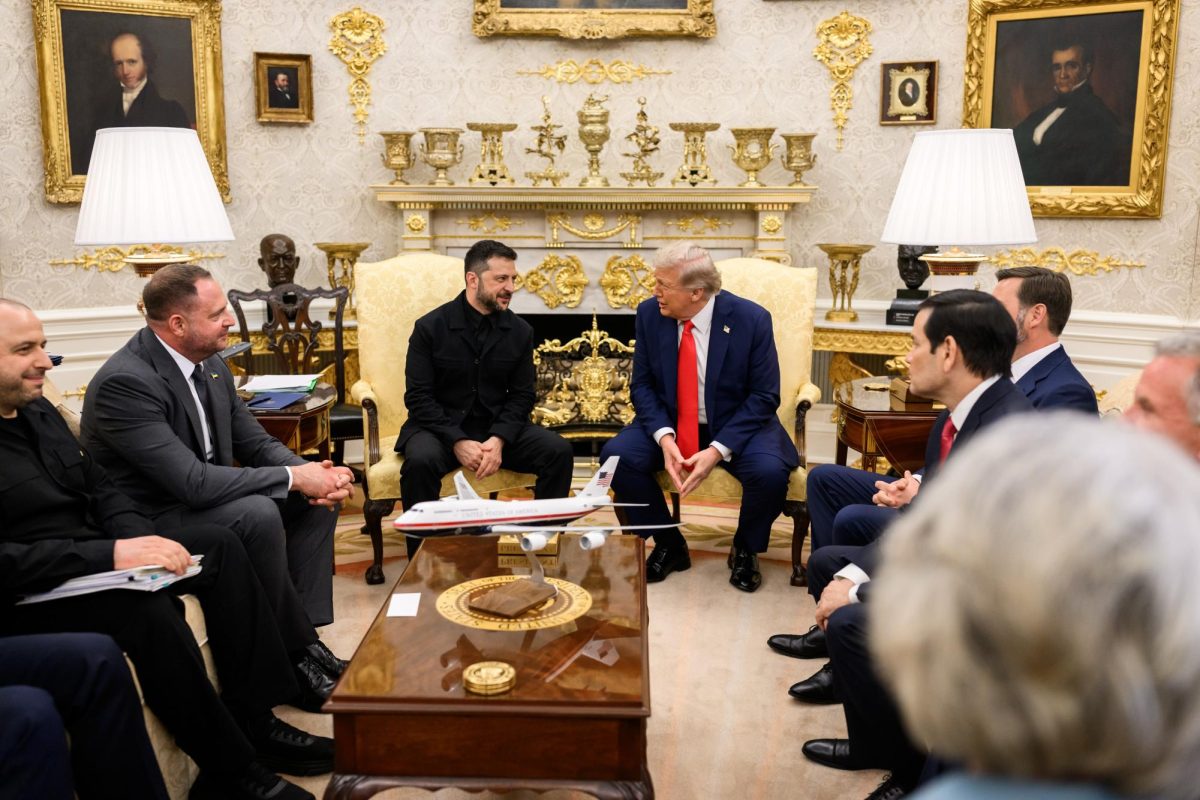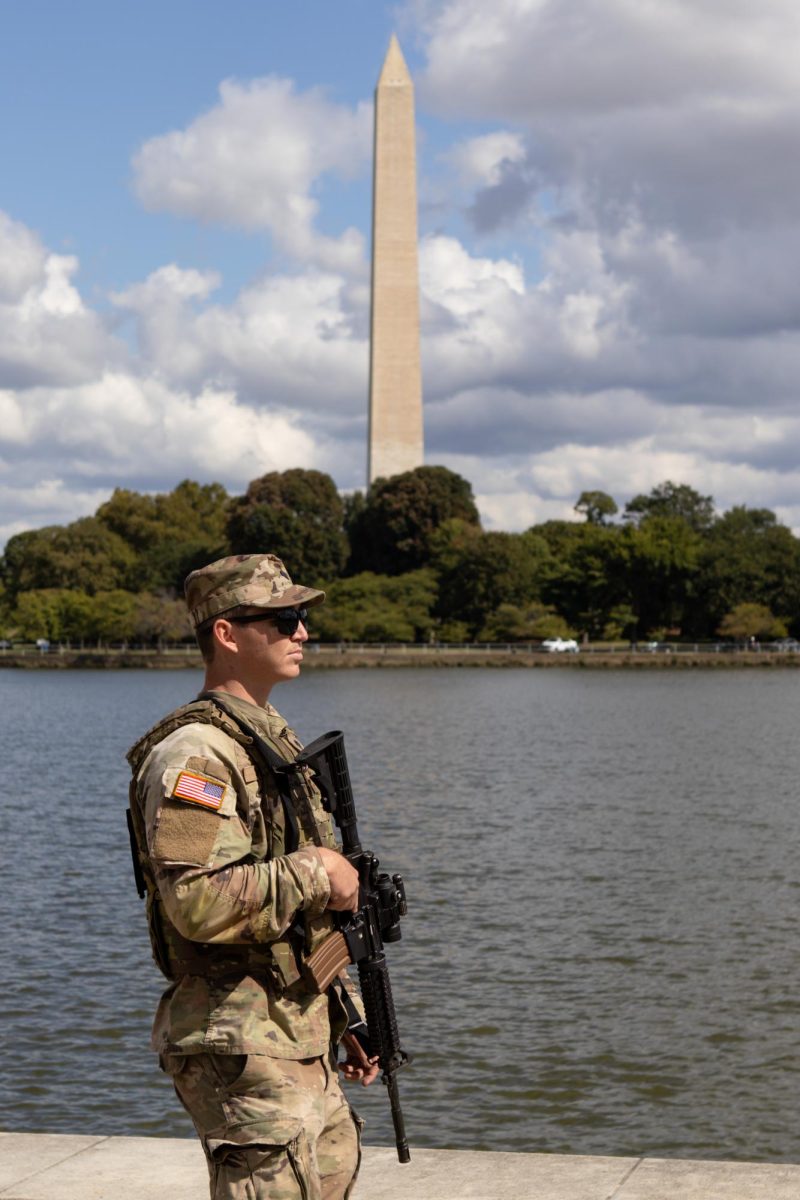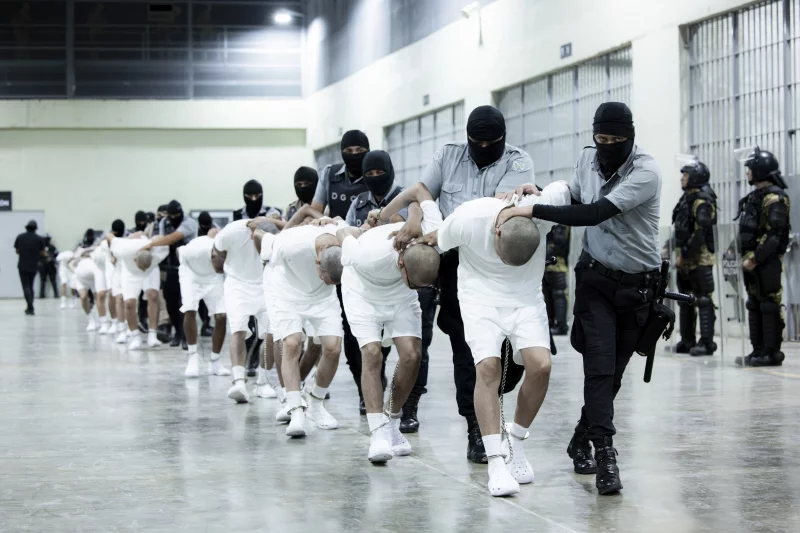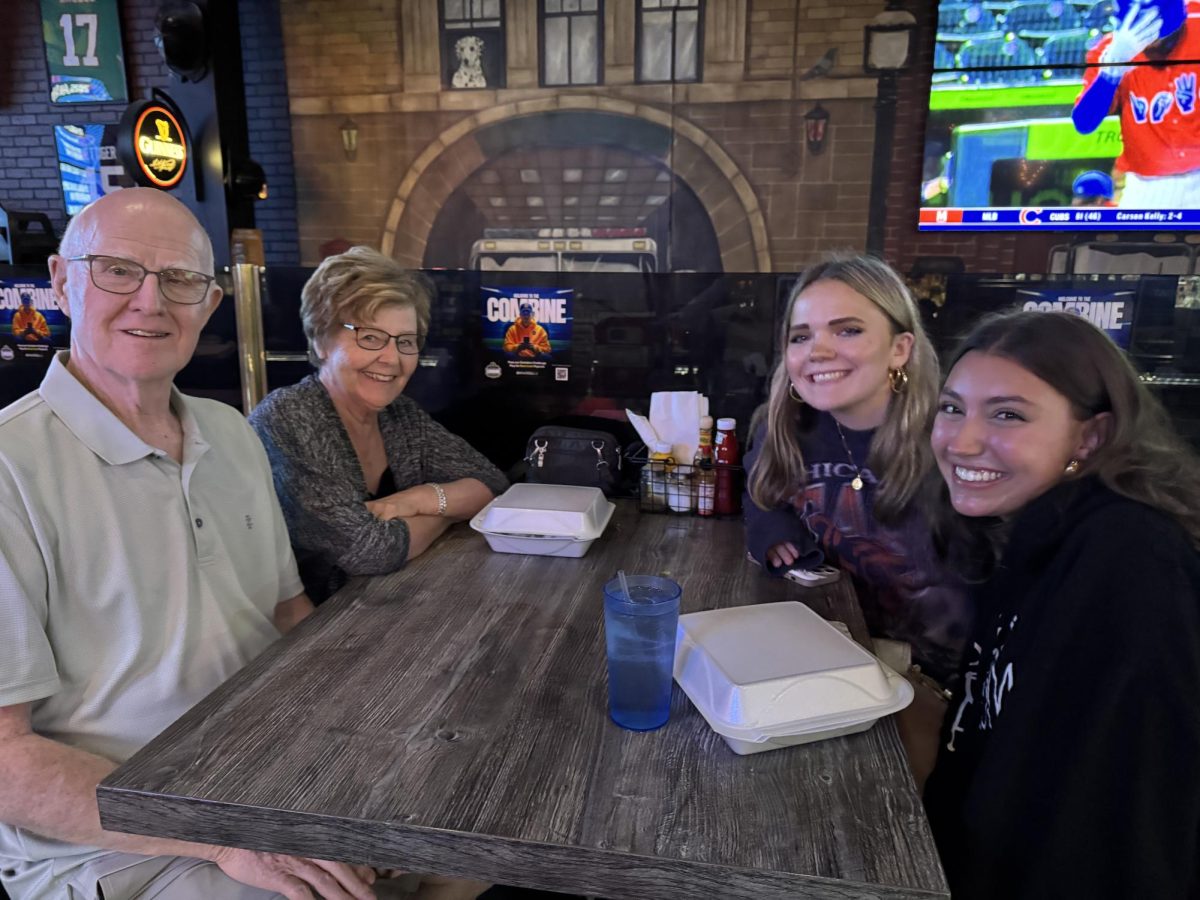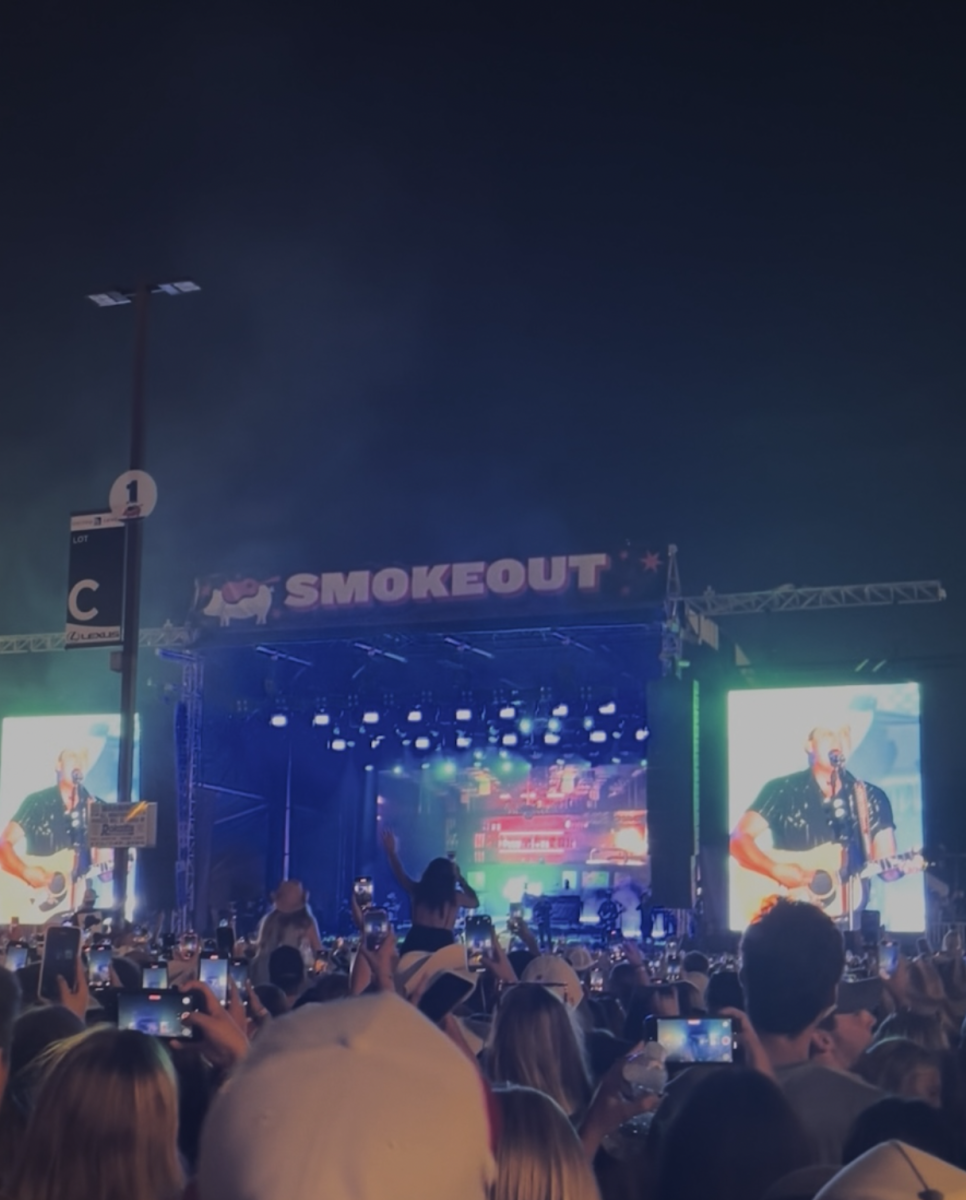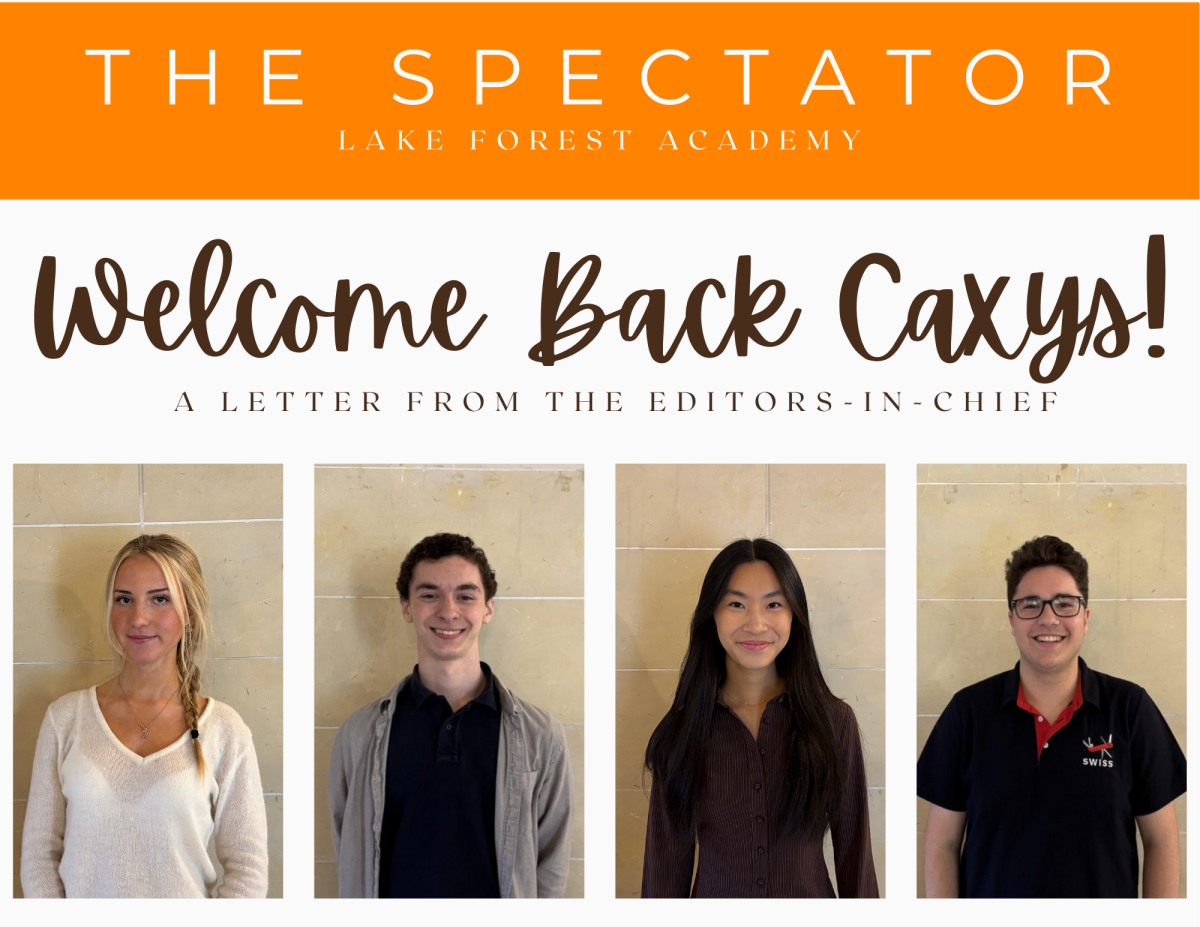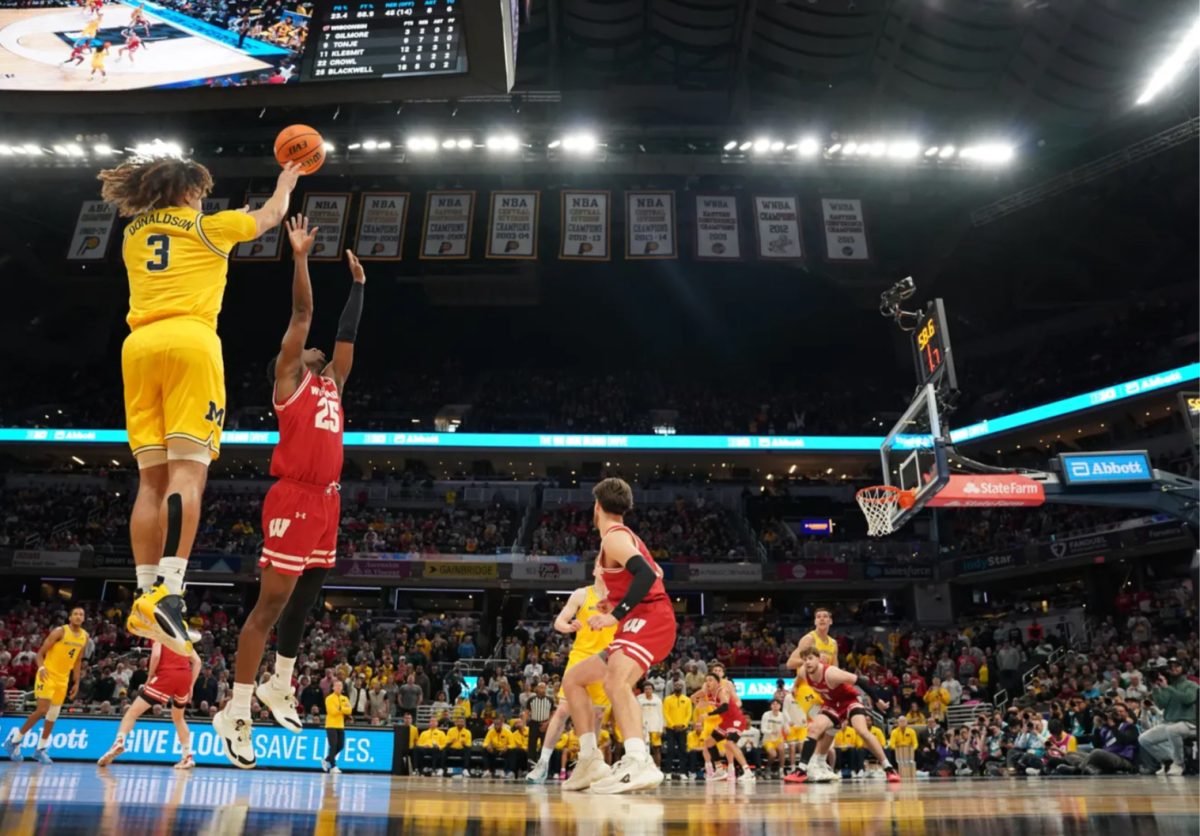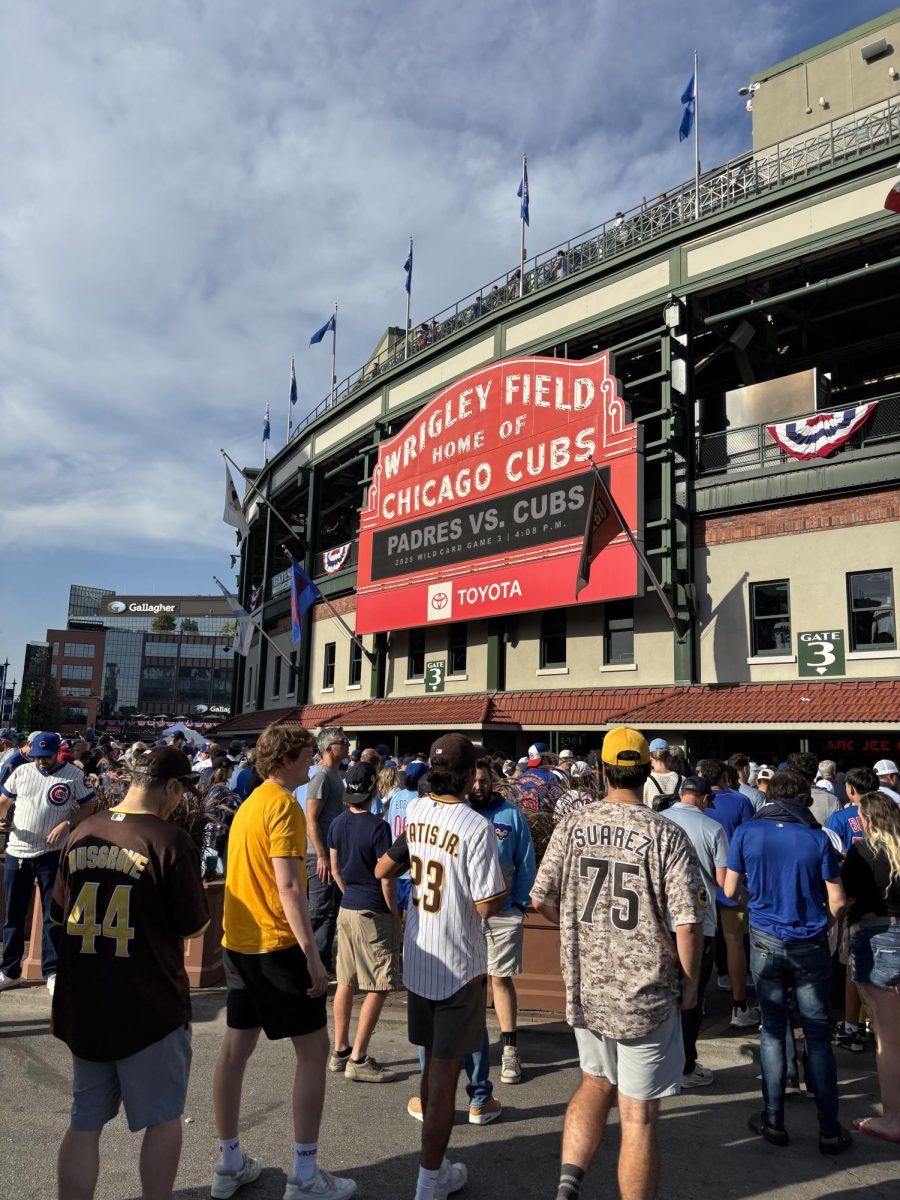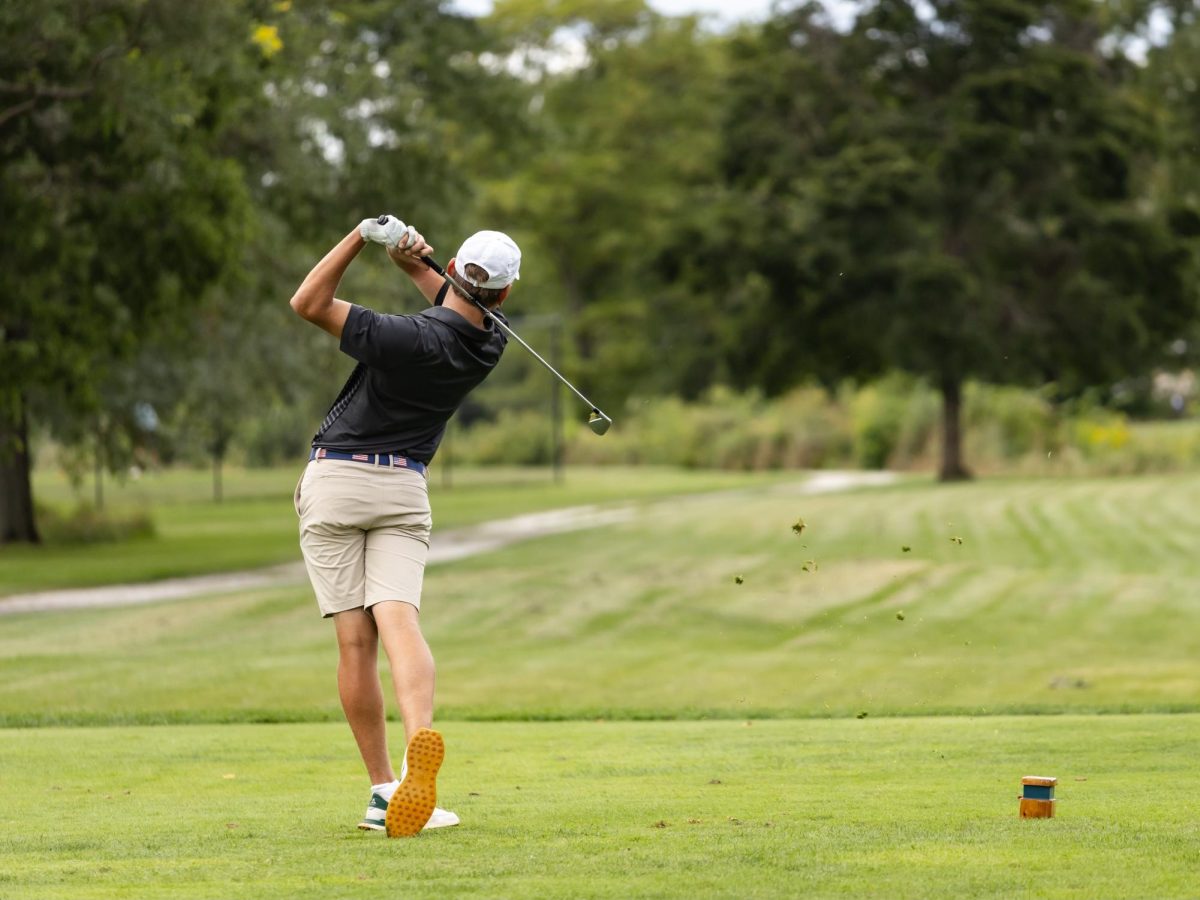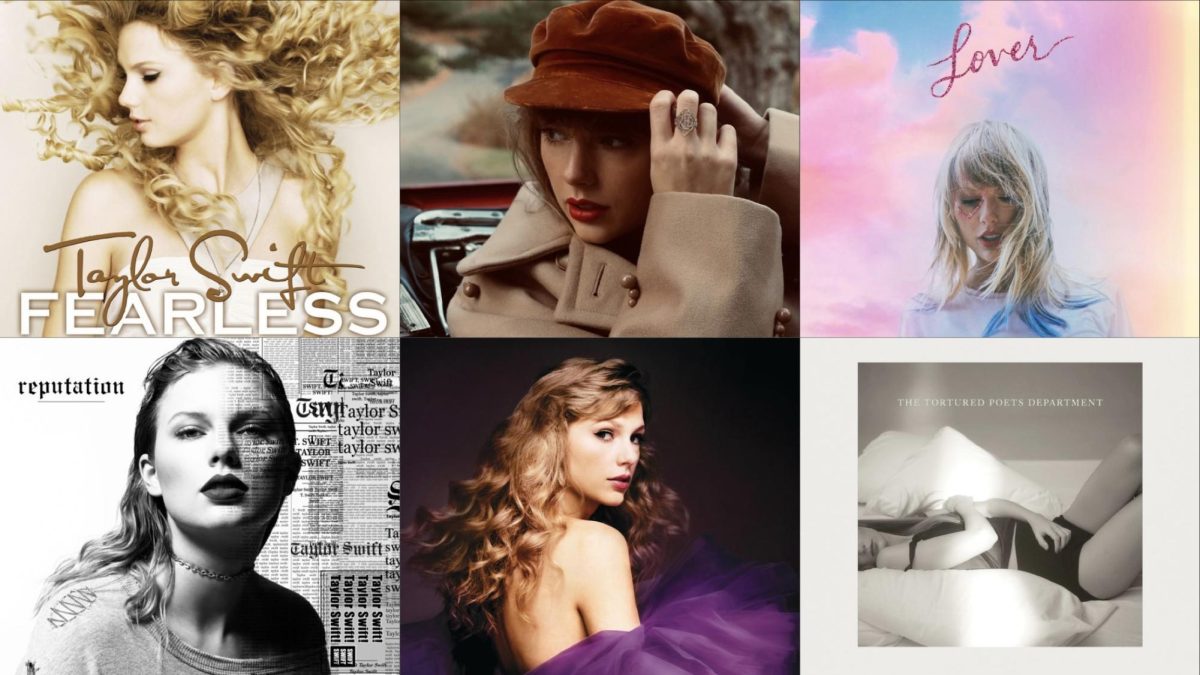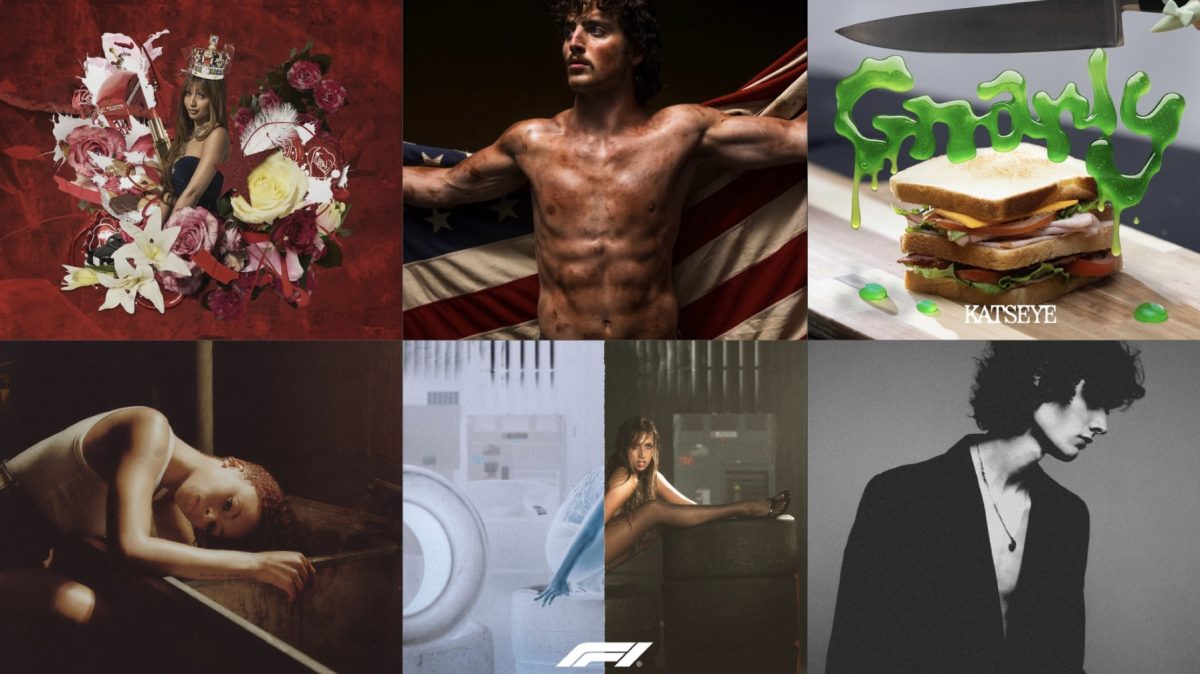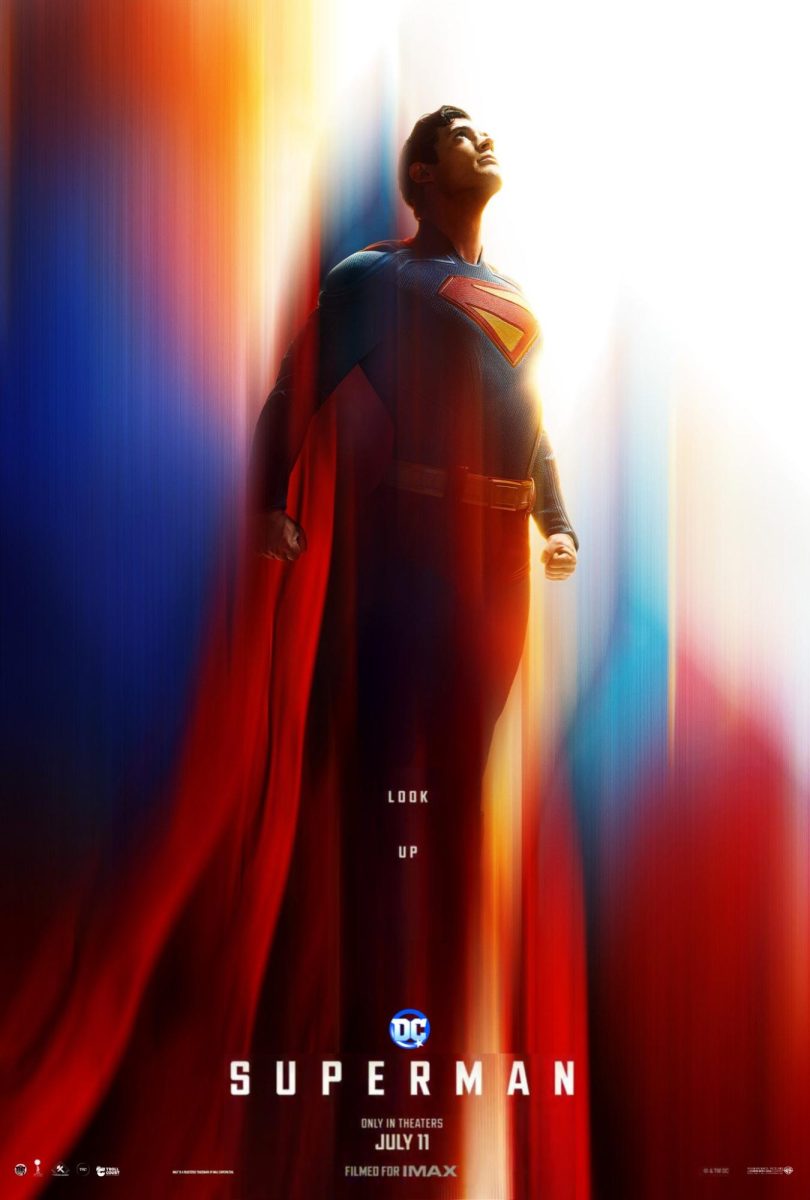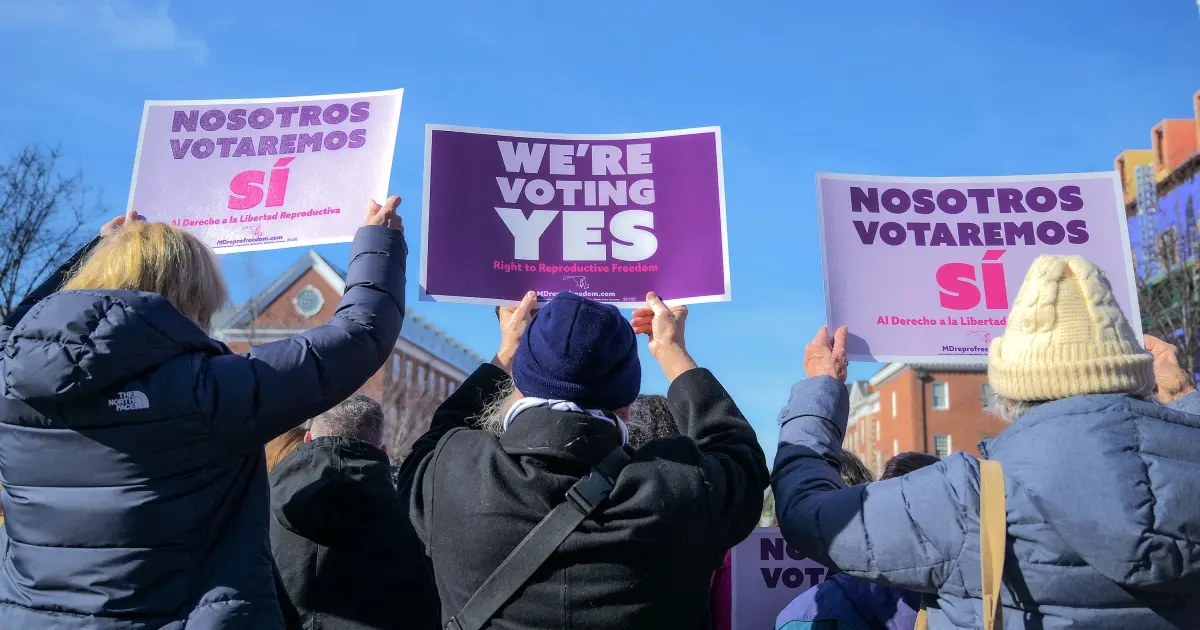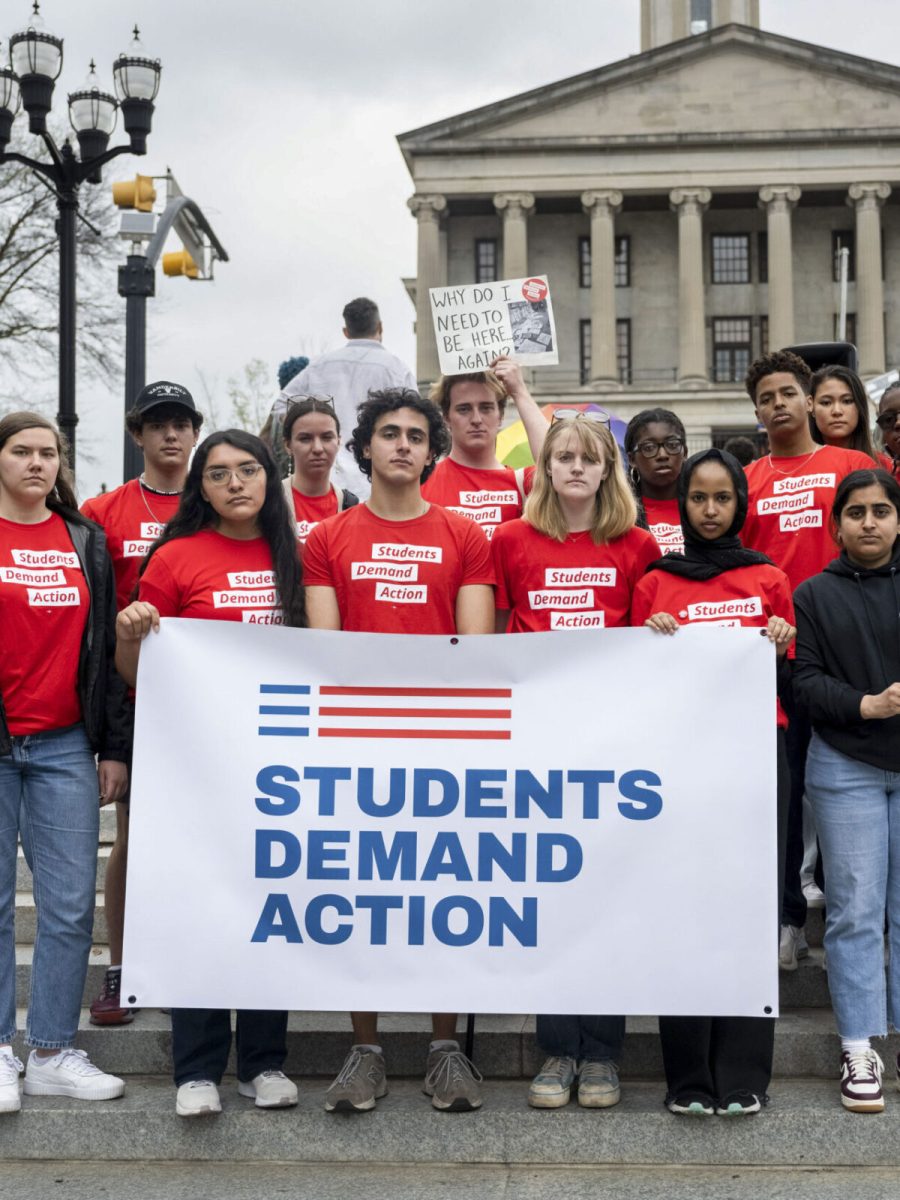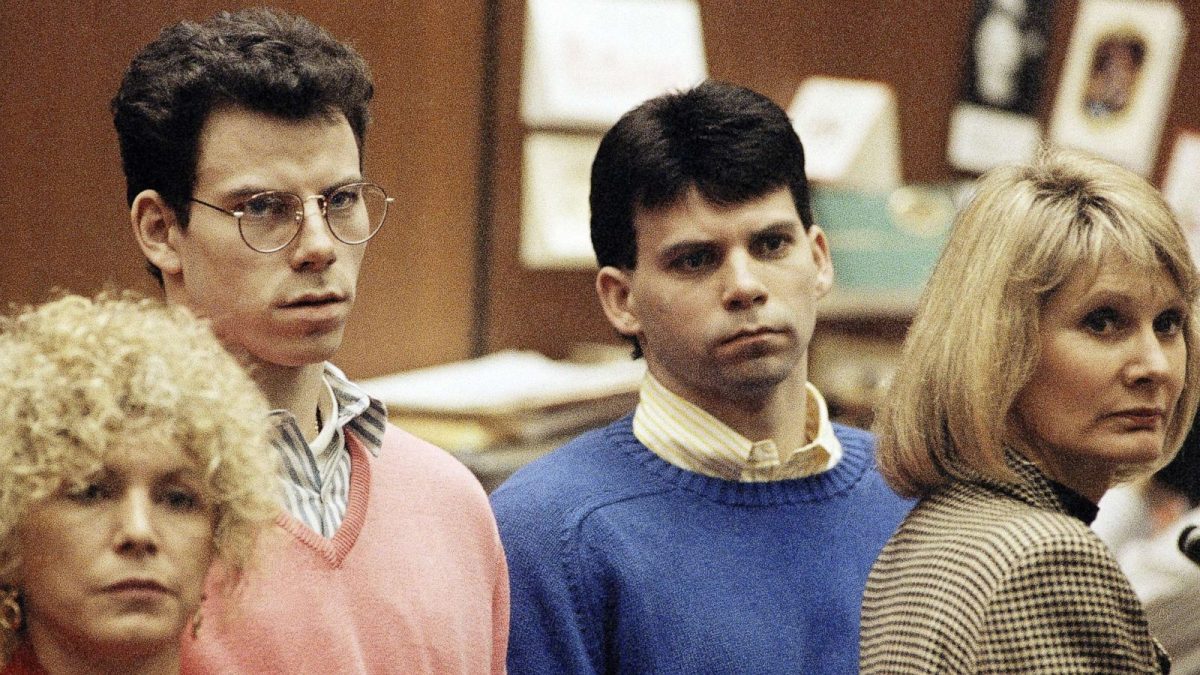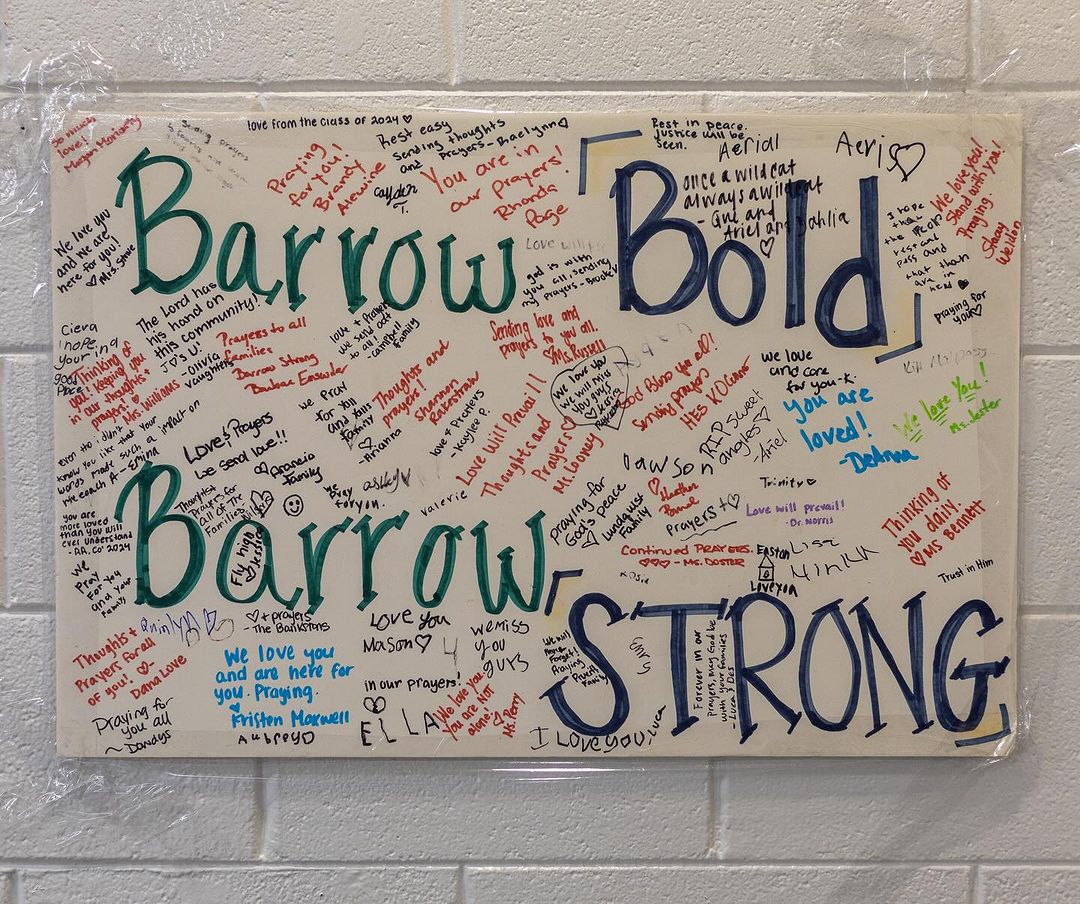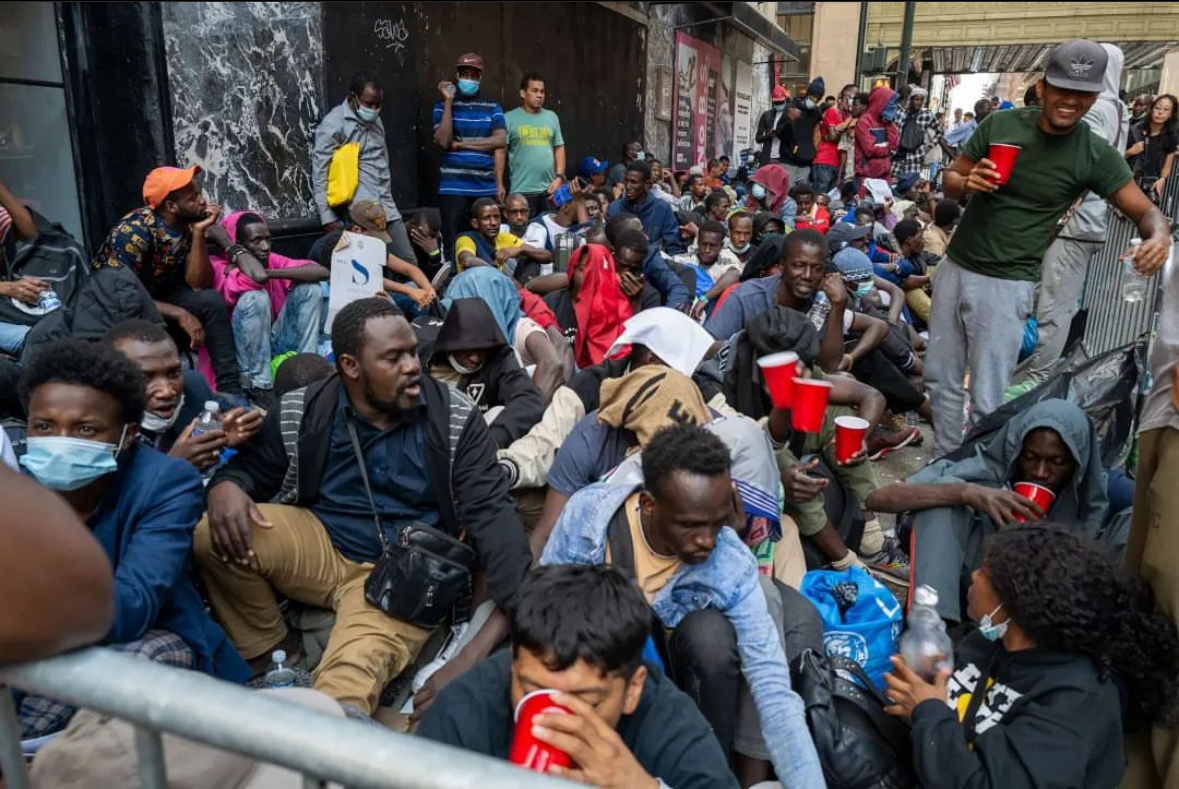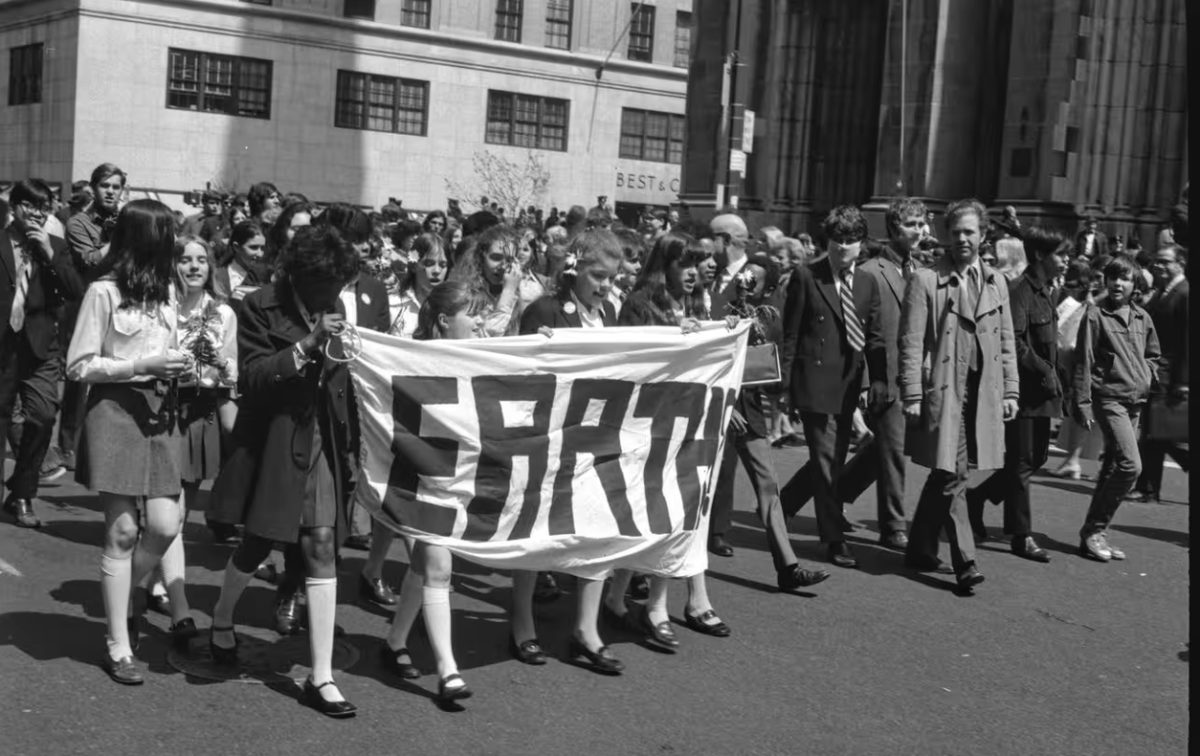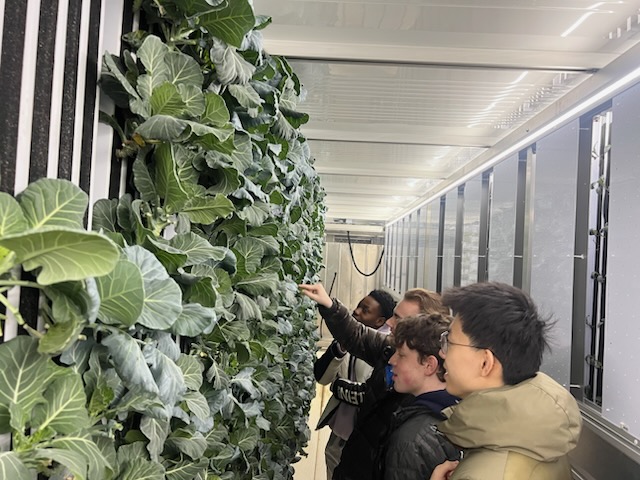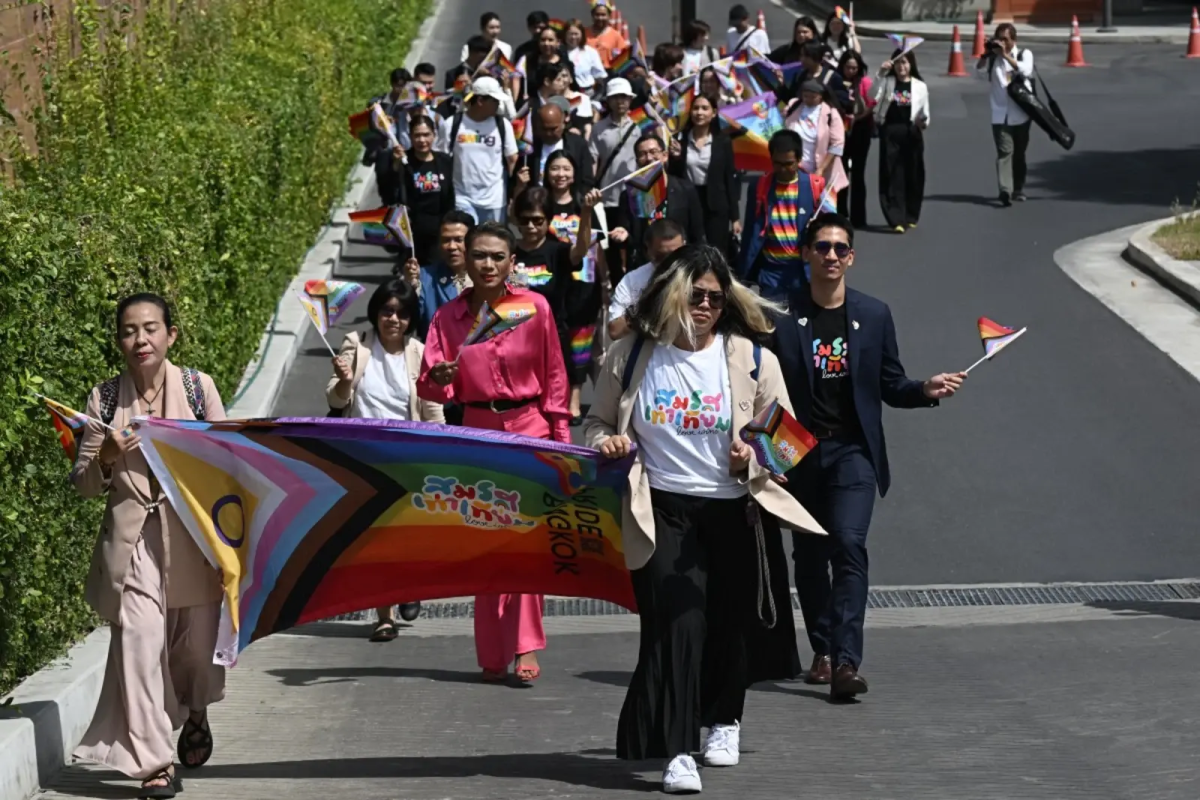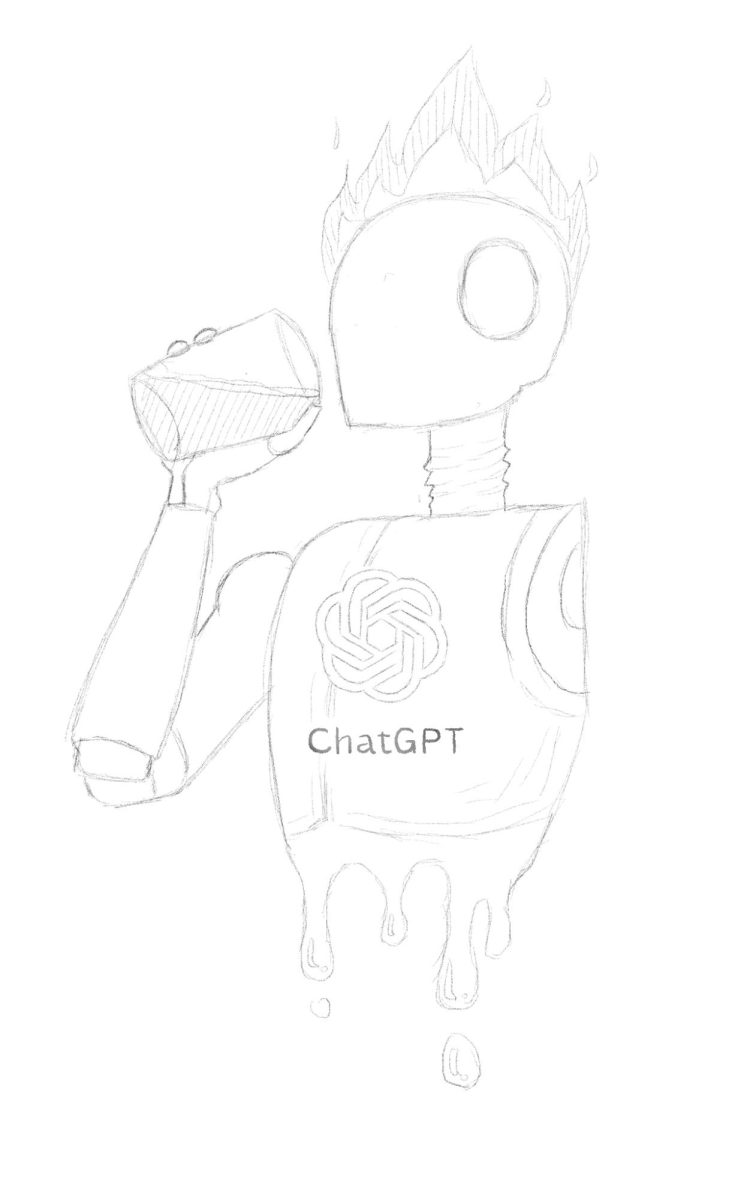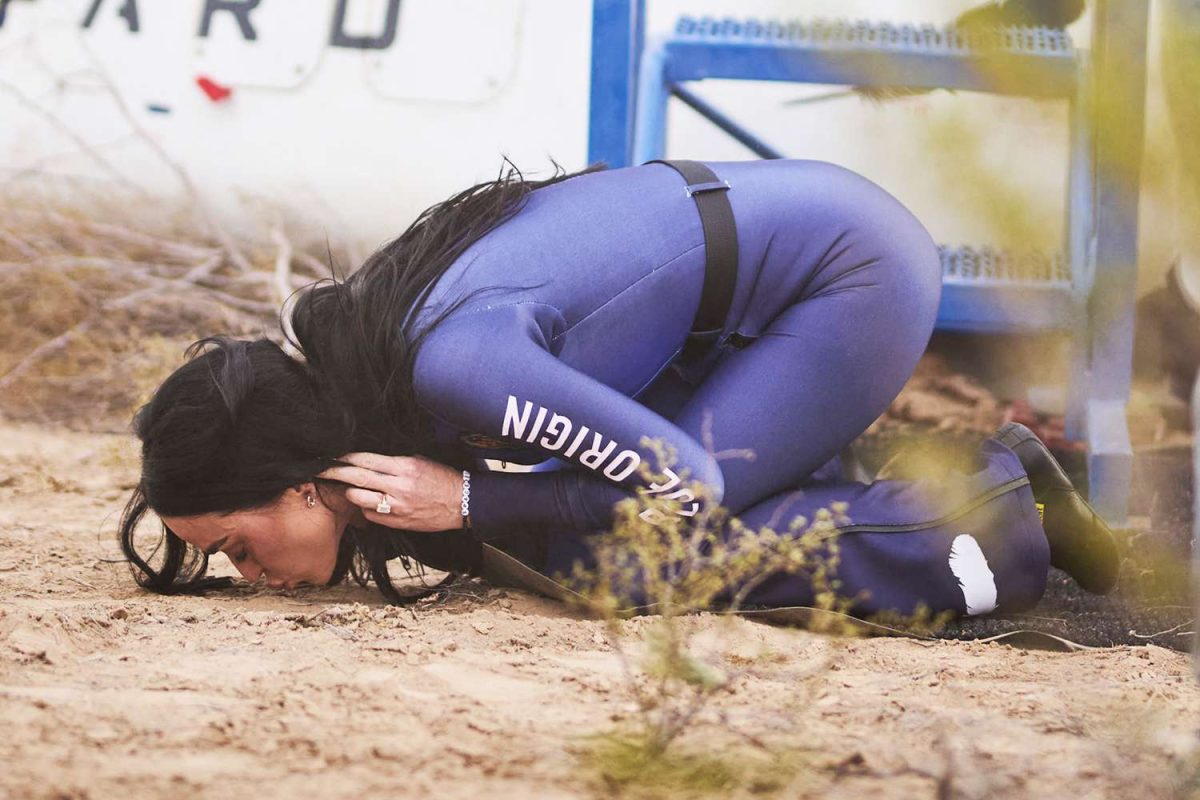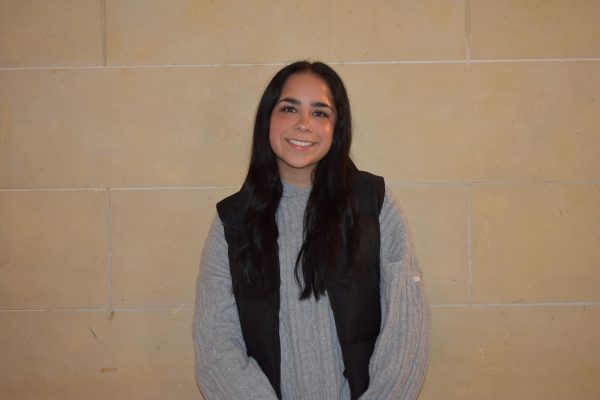It’s 6:30 AM, and I wake up to a soft alarm—gentle chimes and the smell of fresh coffee which I tailored to my preferences perfectly. My room slowly brightens, mimicking the sunrise, thanks to my digital assistant which adjusts the temperature and lighting to match my sleep cycle. I do my morning stretch, feeling the warmth of the room, and I’m ready to start my day.
By 7:00 AM, I get up and begin getting ready for school. My wardrobe system has already selected my clothes for the day: a smart jacket that adjusts to the weather, and shoes that change shape for comfort. It’s convenient, and everything looks good without me having to think much about it–which saves a lot of time; especially in the morning.
In the bathroom, the mirror isn’t just for reflection. It’s interactive, showing me my health stats—“Sleep: 8 hours, 92% quality.” I glance at the news from last night. There’s nothing big today, just some updates on an AI research project in Europe. After brushing my teeth, the mirror wishes me a good day. I’m used to this by now. The technological advancements over the last 100 years have made life simpler, and it feels normal.
Outside, the world feels futuristic, but it’s also familiar. The streets are full of people using hoverboards and self-driving pods. However, flying cars have yet to be perfected and are still in the works, even though they were “supposed” to be realised in the early 21st century. There’s a sense of calm. The city is greener and healthier, with less pollution than when I was younger and it feels good to walk through it.
I arrive at Lake Forest Academy, which looks nothing like the schools of the past. The walls are open, filled with natural light. We don’t have traditional classrooms anymore; we learn in pods, which are small, high-tech rooms where we work with AI tutors. Today, my class is history, but it’s not just a regular lesson. We’re using virtual reality to experience events from the past. We’re transported back to 2040, when world leaders signed the Global Sustainability Pact to fight climate change. It feels like we’re there, watching history unfold. It’s so much more engaging than reading a textbook and really helps with my comprehension of the material.
Later, I head to the science center for a robotics club meeting. We’re designing drones to deliver medical supplies to secluded areas. The science center is full of technology—3D printers, virtual workstations, and holographic displays. It’s all about collaboration. We’re working on projects that could change the world—even though we are just in highschool-–and it feels good to be part of it.
As the day ends, I think about how much the world has changed. Thanks to technology, everyone has access to education, healthcare and sustainable living. Climate change is no longer a distant problem. We’re actively solving it, one innovation at a time. At home, I program my sleep system to optimize my rest and settle in for the night. Tomorrow will bring more opportunities to learn, grow, and create. The future is full of possibilities, and I’m excited to see what comes next.

